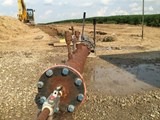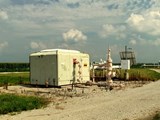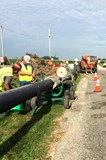Thursday, August 18, 2016
Upgrading a Gas Injection Field
Underground storage of natural gas is an important and necessary piece of the energy delivery chain that fuels our homes and businesses. Underground gas storage fields are spread throughout the entire United States. They take many forms. The US Energy Information Administration has published a web page dealing with natural gas storage basics. On that page, (http://www.eia.gov/naturalgas/storage/basics/) the structures for storing natural gas are defined and illustrated.
In the Midwestern states there are many areas with sedimentary formations that lend themselves to the storage of natural gas. Many believe that gas is stored in underground caverns either natural or manmade.
While these types of caverns do exist and can be used for gas storage, it is more typical to exploit the inter-granular spaces in certain sedimentary formations to store gas. Typically sandstone formations that are capped with an impermeable layer make ideal candidates for gas storage. On examining a piece of this sandstone it would appear as a solid stone. But within the structure of certain sedimentary sandstones there is space. In deep formations brine is usually found. When these sediments were formed if a reef formed over the top of the sand, and sufficient depth of accumulation occurred then the reef would turn into limestone and the sand into sand stone. This is the ideal layer for a storage field since an impermeable stone lid will contain the gas.
When these fields are developed a series of reversible wells are established. Piping systems have to be built to handle the brine water and the gas, as well as valves and metering systems. Surface mechanical components are built to remove the water and other impurities from the gas before sending it into the system. Pumps and compressors are used to inject gas or water in to the subsurface storage and to pump water out.
Usually the storage field operations staff start injecting gas when the price is lower during late summer or fall. As gas is injected it forces out the brine water. This water is accumulated in brine lagoons. When gas is extracted the brine is pumped back in. this prevents any collapse of the sandstone structure and readies the formation to receive gas once again during the next cycle.
With that as a background Midwestern Contractors won a series of projects to modernize a northern Illinois injection field. The work has taken place over several construction seasons and has resulted in the replacement of injection piping, a complete replacement of the well house structures as well as all associated gas and water piping, check valves, control valves, regulators and valve automation. All valve operations were automated with solar powered telemetry for monitoring purpose.
Northern Illinois cropland is some of the most fertile in the world. As such all of our civil operations required that top soil be separated from sub-soil and then restored after the piping work was completed. The old water injection line was fiberglass. This was typically in a joint trench and at the bottom of the trench. Our Superintendent and Foreman worked out some innovative ways of removing the old water lines without compromising the neighboring lines. After the new HDPE pipe was installed the trench was backfilled and the top soil replaced.
Project Notes:
- 70,000 feet of 4”, 8”, 12” HDPE Pipe, T’s and valves, hydro-tested and installed
- 35 well houses rebuilt and upgraded
- 8,000’ of 6” and 8” steel, high pressure gas line replaced.
- Restoration included gravel pads, fencing, road repair and resurfacing, grading, seeding
Safety Notes:
- Hazards included blind intersections due to height of crops. Crossing utilities. Overhead Power lines. Suspended loads. Electrical hazards. Potential energy in pressurized piping. Natural gas under pressure.
- Mitigations included spotters on all excavation operations. Goal posts at overhead line crossings. Spotters with equipment moving on roads. Lock out tag out procedures to secure any high potential energy source. Gas monitors for LEL detection.
Midwestern Contractors is proud to be a part of these system upgrades. This type of project ultimately makes important energy infrastructure more reliable and efficient to operate. We take great pride in our work despite the fact that most of it is hidden and will never be seen.
CASE STUDY GALLERY
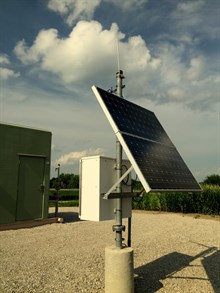
Solar panel for valve and telemetry power
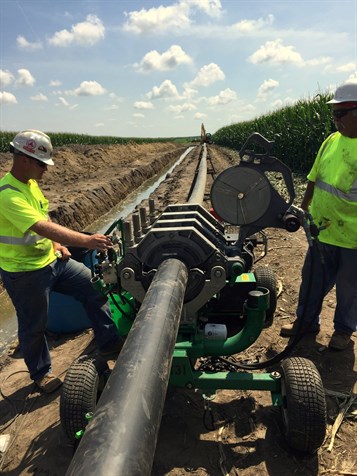
Fusing 12" HDPE Pipe
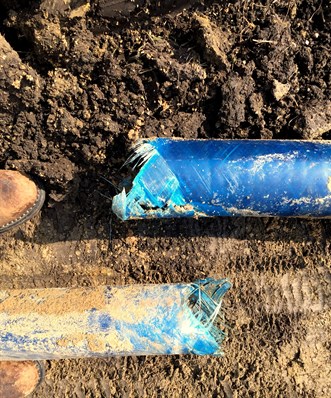
Close up of old pipe
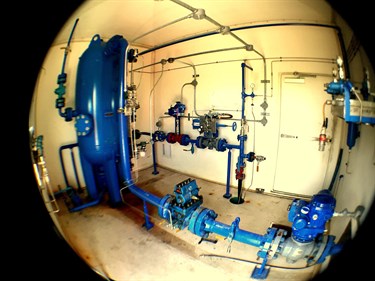
Typical well house interior piping and valves
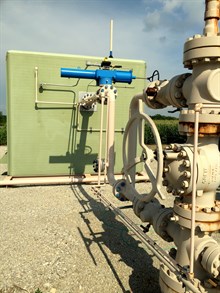
Injection well piping and automated valve
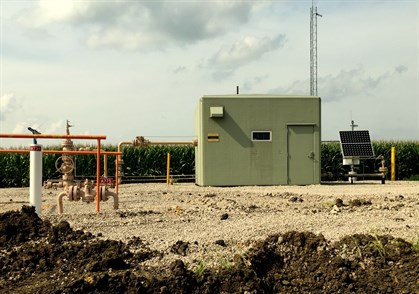
Well house and solar panel
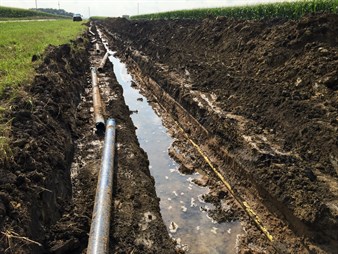
Removing old water line 1
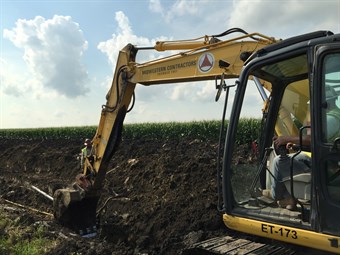
Removing old water line 2
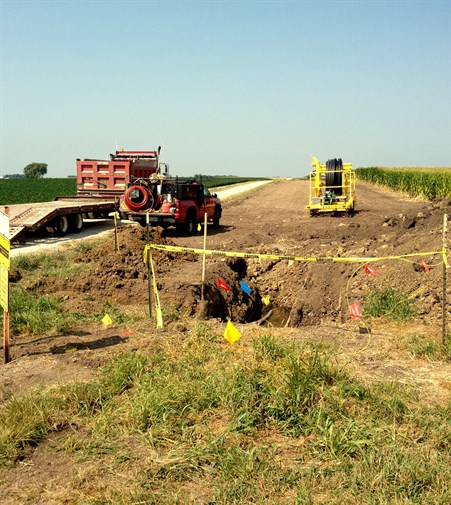
Tie in to directional drill under road
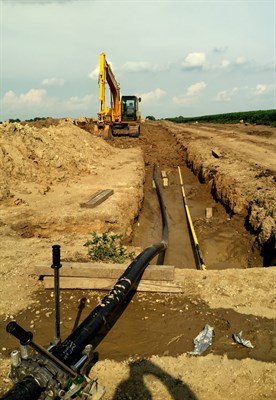
New HDPE line in place

